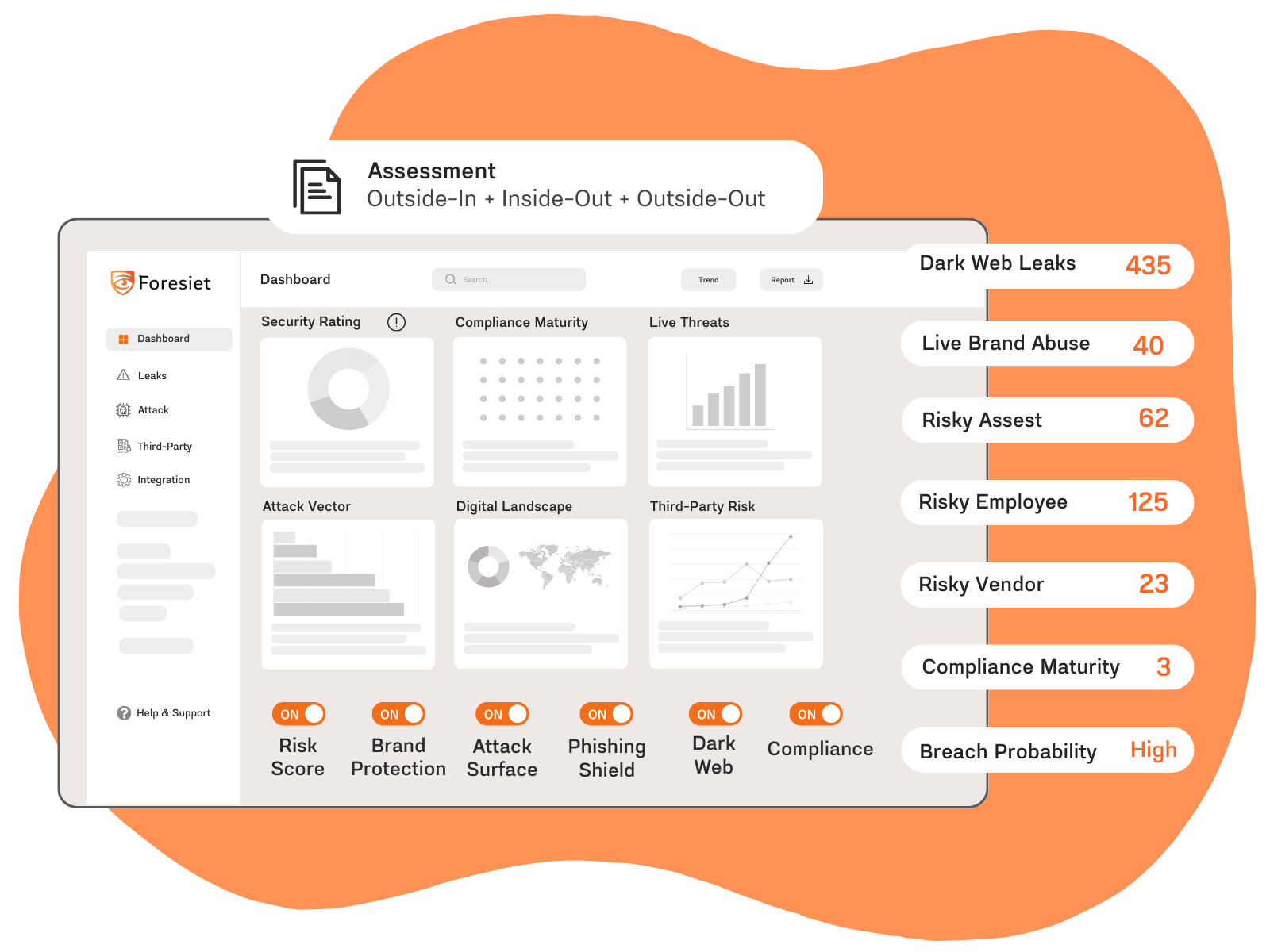AI-Powered Propaganda Network Spreads Pro-India, Anti-Pakistan Content Across Social Media

Introduction
A massive web of AI-powered fake social media accounts has been uncovered, promoting Indian government and military propaganda over the past three years. More than 1,400 accounts on platforms such as X (formerly Twitter) and Facebook have been identified as part of a coordinated influence campaign targeting Indian readers. The operation, which has largely flown under the radar, has disseminated pro-India, anti-Pakistan content while also criticizing other nations such as China and Bangladesh.
This discovery shines a spotlight on how artificial intelligence (AI) and fake profiles are being used to promote national interests and manipulate public opinion online. As digital threats evolve, monitoring services, digital footprint analysis, and online risk evaluation tools are increasingly necessary to safeguard the online ecosystem from such campaigns.
The Scale of the Propaganda Network
The network, identified by researchers, comprises at least 500 fake Facebook accounts and 904 fake X accounts, which have been reposting and promoting pro-Indian government narratives since September 2021. These accounts, under fake identities, spread propaganda favoring Prime Minister Narendra Modi's administration and the Indian military. They also pushed negative sentiments towards neighboring countries such as Pakistan, China, and Bangladesh.
Despite its considerable size, the operation was relatively amateurish. Accounts often posted repetitive and poorly constructed messages, suggesting the involvement of AI-generated content. While the fake profiles typically didn't spread blatant misinformation, they routinely promoted positive content from pro-government media and even popular outlets like Hindustan Times. The posts focused on painting the Indian military as a symbol of strength and integrity while highlighting the government’s commitment to transparency and accountability.
AI-Generated Content and Its Shortcomings
A significant portion of the content produced by this network appears to have been generated using artificial intelligence. According to researchers, the posts often included "dry, awkward" text, riddled with unfinished sentences and awkward English, indicative of unsupervised AI involvement.
The use of AI in influence campaigns is increasingly common. However, the unsophisticated execution of these posts made it easy to spot patterns, such as identical content being posted by hundreds of accounts simultaneously. One notable example occurred in June when a pro-India account named JK News Network posted a message criticizing Pakistan’s treatment of religious minorities in Balochistan. This post was then reposted, word-for-word, by 429 other accounts, all linked to the same propaganda network.
Such repetitive behavior not only makes the campaign appear sloppy but also undermines its credibility. While AI can significantly boost the volume and speed of content production, poorly supervised or managed AI campaigns risk becoming ineffective in terms of engagement and public impact.
Propaganda with Limited Effectiveness
Despite the large-scale efforts of this network, there’s little evidence to suggest it has successfully influenced its target audience. Researchers noted that engagement with the posts was minimal, and the content often failed to generate significant traction. According to one expert, the lack of creativity and failure to tap into real public conversations are key reasons why the campaign floundered.
It’s common for influence campaigns, particularly poorly executed ones, to have little impact. However, they still pose a risk. Even if these posts do not go viral or sway public opinion on a large scale, the sheer volume of disinformation or propaganda can create noise, confusing users and distorting online discourse.
Social Media Platforms and Their Role
One of the most troubling aspects of this campaign is how it managed to evade detection for three years. Despite posting thousands of messages, the fake accounts remained unnoticed by both users and the platforms themselves. Social media algorithms, which prioritize showing only a limited number of posts to each user based on engagement metrics, may have played a role in allowing these accounts to stay hidden.
Platforms such as X and Facebook have been criticized for their handling of fake accounts and influence campaigns. While they have ramped up efforts to detect and remove coordinated inauthentic behavior, campaigns like this highlight the ongoing challenges they face in combating disinformation. To avoid detection, many accounts in the network would change usernames, delete posts, or slightly modify their content, allowing them to remain active for longer.
The Role of Digital Surveillance and Brand Protection
The uncovering of this propaganda network underscores the importance of digital footprint analysis and advanced monitoring tools in detecting and dismantling disinformation campaigns. The use of AI-powered social media accounts to spread propaganda and create fake narratives poses a growing challenge to both national security and public trust.
Organizations and governments must adopt sophisticated solutions such as darknet monitoring services, brand protection tools, and digital threat scoring to stay ahead of these evolving threats. Proactively identifying fake accounts, cybersquatted domains, and online misinformation is essential to prevent malign actors from exploiting the online ecosystem.
Conclusion
As AI technology becomes more accessible, its misuse in online influence campaigns is likely to increase. The exposure of this Indian propaganda network shows how AI and fake accounts can be leveraged to promote government narratives and manipulate public opinion. However, the relatively amateur execution of this campaign also highlights its limitations, with little impact on the intended audience.
In a world where digital threats continue to evolve, it’s essential for social media platforms, governments, and cybersecurity experts to work together to detect and neutralize these efforts. Only through collective vigilance and advanced tools like digital surveillance and brand protection can we ensure the integrity of online discourse and protect against foreign and domestic disinformation campaigns.
About Foresiet!
Foresiet is the pioneering force in digital security solutions, offering the first integrated Digital Risk Protection SaaS platform. With 24x7x365 dark web monitoring and proactive threat intelligence, Foresiet safeguards against data breaches and intellectual property theft. Our robust suite includes brand protection, takedown services, and supply chain assessment, enhancing your organization's defense mechanisms. Attack surface management is a key component of our approach, ensuring comprehensive protection across all vulnerable points. Compliance is assured through adherence to ISO27001, NIST, GDPR, PCI, SOX, HIPAA, SAMA, CITC, and Third Party regulations. Additionally, our advanced antiphishing shield provides unparalleled protection against malicious emails. Trust Foresiet to empower your organization to navigate the digital landscape securely and confidently.
Protect your brand, reputation, data, and systems with Foresiet's Integrated Digital Risk Platform. 24/7/365 threat monitoring for total peace of mind.


July 10, 2025, 9 a.m.
